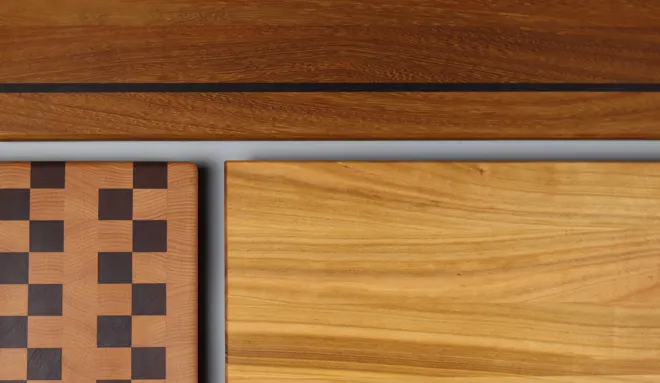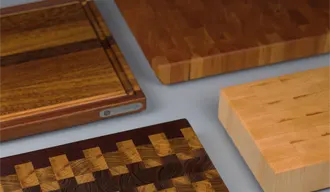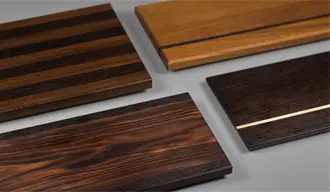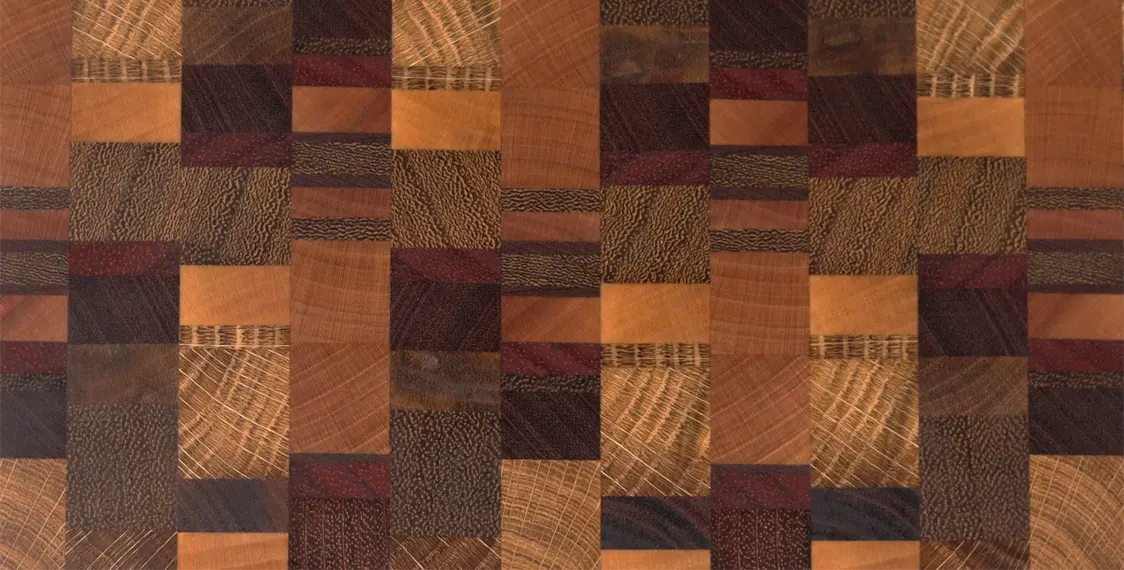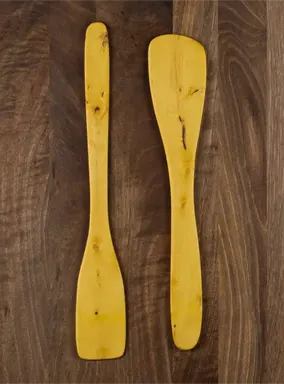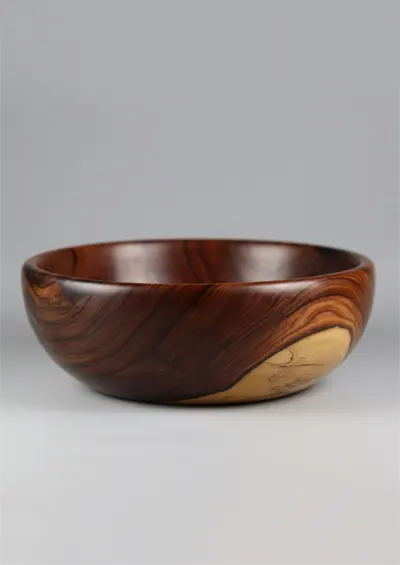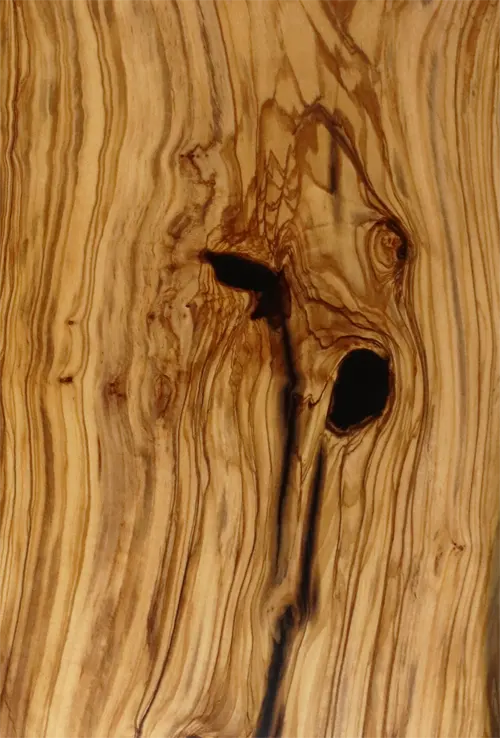Solid Wood: Complete Guide
Solid wood is a noble and durable material that has been used for centuries in the construction and manufacture of furniture.
Unlike composite or processed materials, solid wood comes directly from the trunk of the tree, without agglomerate processes or chemical additives.
Its natural beauty, resistance and longevity make it a preferred choice for those looking for quality and authenticity in their projects.
What is Solid Wood?
Solid wood refers to any piece of wood that has been cut directly from the trunk of a tree.
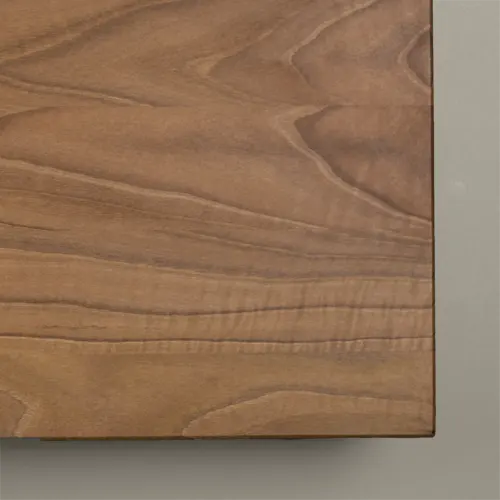
It has not been processed or combined with other materials, which means that it retains all the natural characteristics of wood, such as grains, knots and color variations.
These characteristics not only provide a unique aesthetic, but also reflect the authenticity and quality of the material.
Advantages of Solid Wood
Durability and Resistance
One of the main advantages of solid wood is its durability. Well cared for, it can last for generations, withstanding daily wear and tear and maintaining its structural integrity. It is especially suitable for furniture and structures that require high resistance.
Beauty and warmth
Each piece of solid wood is unique. The grains, knots and shades vary from one piece to another, which gives a distinctive character to each product. This uniqueness is highly valued in the manufacture of furniture and decorative elements.
Repairability
Unlike other materials, wood can be easily sanded, repaired, and restored. This allows it to maintain its appearance and functionality over time, even after damage or wear and tear.
Long-Term Value
Although the initial investment may be higher, its longevity and restorative capacity make it an economical option in the long term.
In addition, solid wood furniture often maintains or even increases in value over time.
Comparison: Solid Wood vs. Solid Wood Alternatives
Solid Wood vs. MDF
MDF (medium density fiberboard) is a material composed of wood fibers and resins. It is more economical, stable and has a smooth surface, ideal for painting.

However, it is not as strong as solid wood and is more susceptible to moisture damage.
While MDF is suitable for low-cost, light-duty projects, solid wood is preferable for high-quality, durable furniture.
Solid Wood vs. Plywood
Plywood is composed of layers of wood veneer glued together with alternating grains. It is more dimensionally stable and less prone to warping than solid wood.
However, it lacks the beauty and solidity of solid wood.
Plywood is suitable for structural applications and where stability is required, while solid wood is ideal for visible finishes and high-end furniture.
Solid Wood vs. Laminated Wood
Laminated wood is made by bonding several layers of wood with adhesives. It is more resistant to deformation and can be more economical.
However, like plywood, it does not offer the same aesthetics or solid feel as solid wood.
The choice between the two will depend on the intended use and aesthetic preferences.
Applications of Solid Wood
Solid wood is used in a wide variety of applications, including:
- Furniture: Tables, chairs, wardrobes and beds.
- Floors: Flooring and parquet flooring.
- Doors and Windows: Frames and leaves.
- Structures: Beams, columns and ceilings.
- Kitchen Accessories: Cutting boards, utensils and countertops.
Solid Wood Maintenance
To preserve its beauty and functionality, it is important to follow some recommendations:
- Regular Cleaning: Use a soft cloth and specific products for wood.
- Moisture Protection: Avoid prolonged exposure to water and use appropriate sealants.
- Avoid Direct Sunlight: Prolonged exposure can discolor wood.
- Application of Oils or Varnishes: They help protect the surface and enhance its appearance.
Frequently Asked Questions (FAQ)
What is solid wood?
Solid wood is a natural material that is obtained directly from the trunk of a tree, without agglomerate processes or chemical additives. It is characterized by its durability, resistance and natural beauty.
What are the advantages of solid wood over MDF?
It is more durable, resistant and aesthetically appealing than MDF. In addition, it can be easily repaired and restored, which prolongs its service life.
Is solid wood suitable for humid environments?
Although it can be used in humid environments, it is important to treat it properly with sealants and avoid prolonged exposure to water to prevent warping or damage.
How should solid wood be maintained?
It is recommended to clean it regularly with a soft cloth, protect it from moisture and direct sunlight, and apply oils or varnishes to preserve its appearance and durability.
Is solid wood more expensive than other materials?
Yes, it usually has a higher upfront cost due to its quality and durability. However, its longevity and restorative capacity make it a long-term investment.
What types of solid wood are there?
There are several species of solid wood, such as oak, walnut, cherry, pine and maple, each with unique characteristics and appearances.
Is solid wood ecological?
Yes, it is a renewable and biodegradable material. When sourced sustainably, its use contributes to environmental conservation.
Can solid wood deform over time?
It can expand or contract with changes in humidity and temperature. However, with proper treatment and maintenance, these effects can be minimized.
Is it possible to combine solid wood with other materials?
Yes, it can be combined with other materials such as metal, glass or stone to create unique and functional designs.
Where can I buy solid wood products?
You can find solid wood products in specialized carpentry stores, furniture stores and distributors of construction materials. It’s important to make sure they come from quality, sustainable sources.
Otras entradas del blog

Curupay Wood: Uses and Characteristics
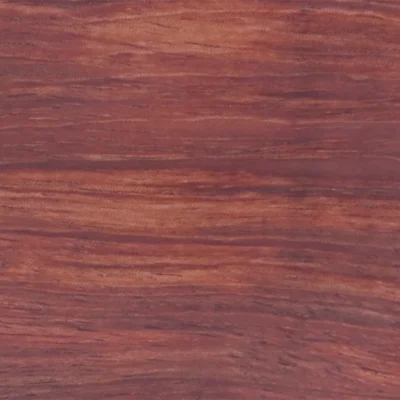
Bubinga Wood: Uses and Characteristics
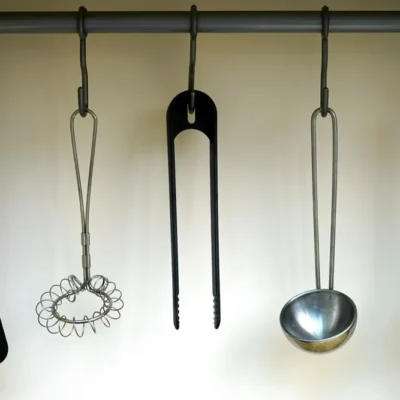
Kitchen Spatulas Complete Guide – Types, Materials, and How to Choose the Best One
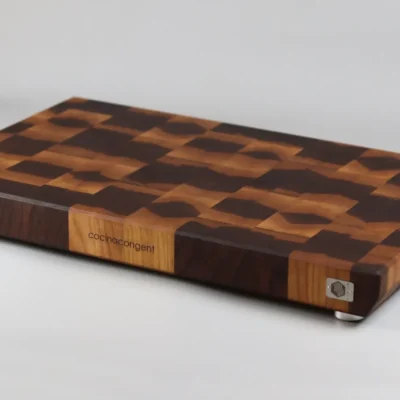
Dark Woods: Types, Characteristics and Uses
Nuestras tablas de cortar:
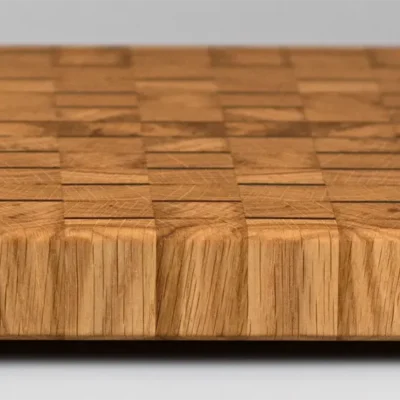
Summer endgrain Cutting Board
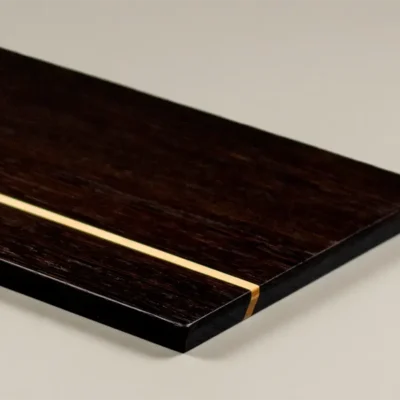
NIGRA
serving board
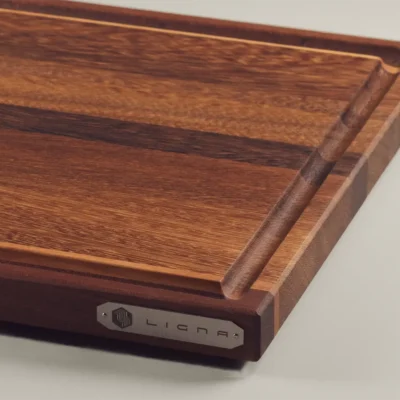
Chroma
large carving board
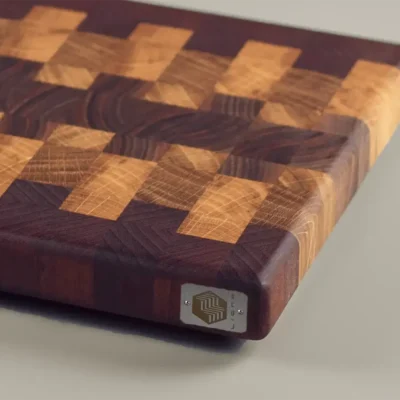
Calida
end grain cutting board
